UPDATE! Version 1 of our iOS HCTV App is close to being released, and we're allowing a limited number of users a sneak peak this month of December! Please email us at info@hebrewconnect.tv if you would like Pre-Release access!
??1773 QUEEN NANNY OF THE MAROONS WHO OVERTHREW BRUTAL ??THE BRITISH . #LESTWEFORGET ?
The story of the Jamaican Maroons, Africans who refused to live in slavery, is little known outside that Caribbean country. Their unwillingness to accept the yoke of the colonial slave masters made them unique among the Africans brought in bondage to the Americas. In the mountains and jungles of Jamaica, they earned for themselves an autonomy never before seen by Africans in the New World. It is night in the Blue Mountains. The year is 1734. There is no noise save the occasional hoot of an owl or the shriek of a bat enjoying its evening feast. A visitor might think the place uninhabited, but this is a warrior’s camp – Maroon soldiers and look outs are posted along every ridge, high up in the trees, behind every shadow. They are cloaked in darkness and covered in branches, hiding among the lush foliage. A few hours before morning approaches, we hear the tramp-tramp-tramp of black British boots on Maroon soil – the British soldiers, in their bright red uniforms and big black boots, with their loud laughter and disregard for their environment, are a stark contrast to the Maroon soldiers.
Queen Nanny or Nanny, a Jamaica National Hero, was an 18th-century leader of the Jamaican Maroons. Much of what is known about her comes from oral history, as little textual evidence exists. She was born into the Asante people in what is today Ghana, and escaped from slavery after being transported to Jamaica.
In 1739–40, the British government in Jamaica recognized that it could not defeat the Maroons, so they came to an agreement with them instead. At first, the treaties only recognised Cudjoe's Town (Trelawny Town) and Crawford's Town. But after the destruction of Crawford's Town in the 1750s, the Maroons were located in five main towns: Accompong, Trelawny Town, Moore Town (formerly known as New Nanny Town), Scott's Hall and Charles Town, living under their own rulers and a British supervisor known as a superintendent.
In exchange, they were asked to agree not to harbour new runaway slaves, but rather to help catch them. This last clause in the treaty caused a split between the Maroons and the rest of the black population. Another provision of the agreement was that the Maroons would serve to protect the island from invaders.
SUPPORT THOUGHTS CAMERA ACTION HERE:
Patreon: https://www.patreon.com/ThoughtsCameraAction
Paypal https://www.paypal.me/thoughtscameraaction
Gofundme: https://www.gofundme.com/f/ThoughtsCameraAction





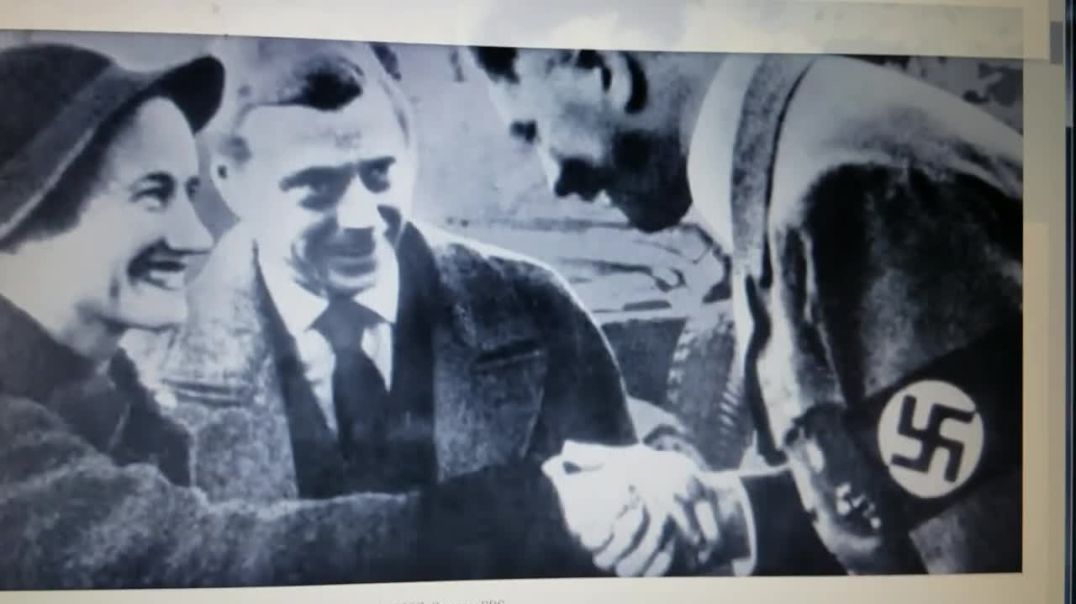

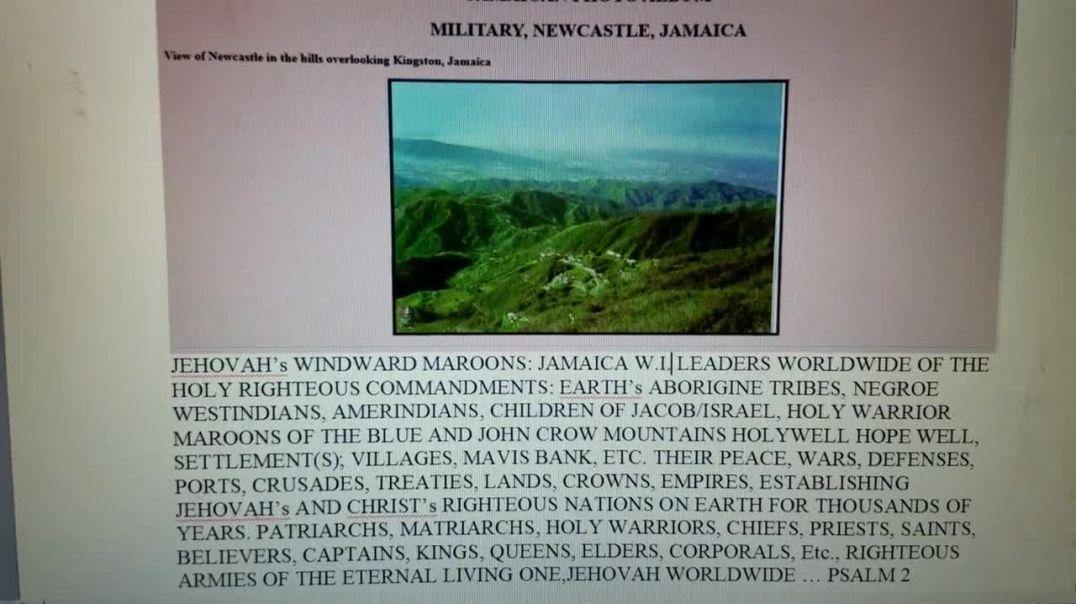
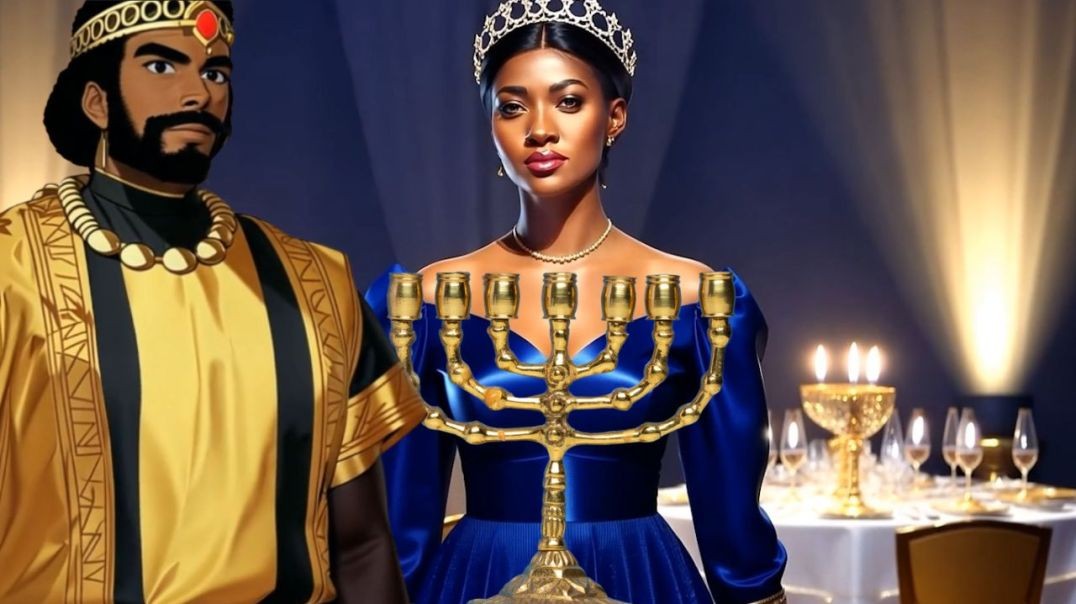

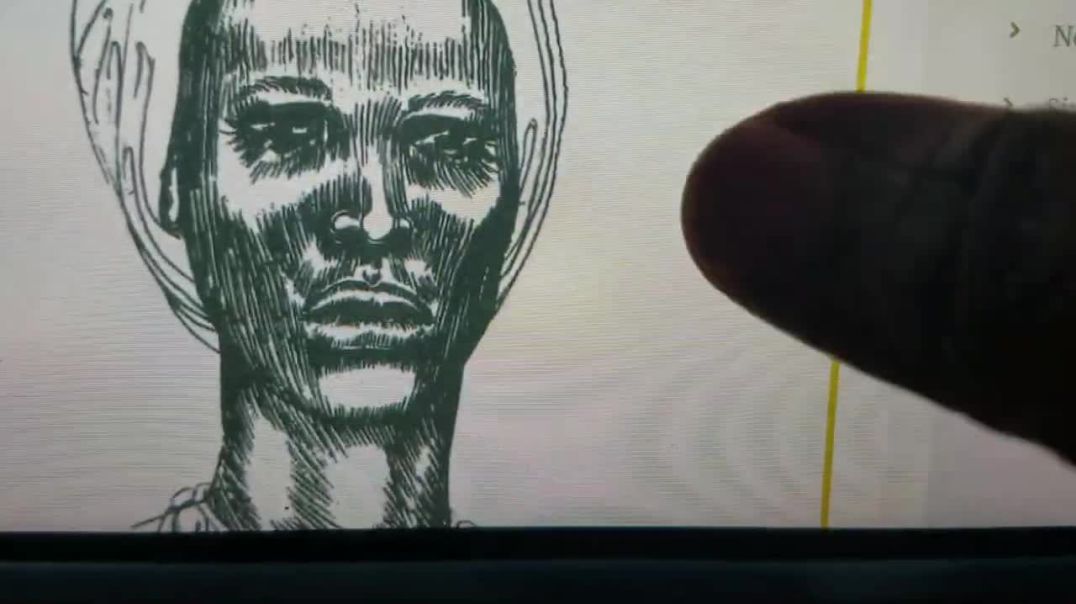


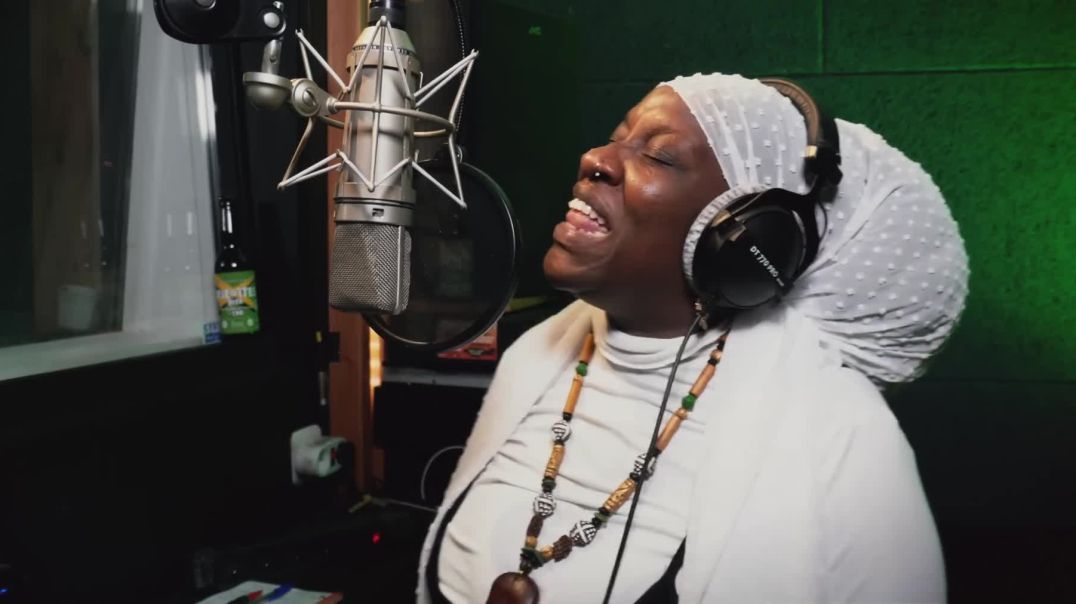
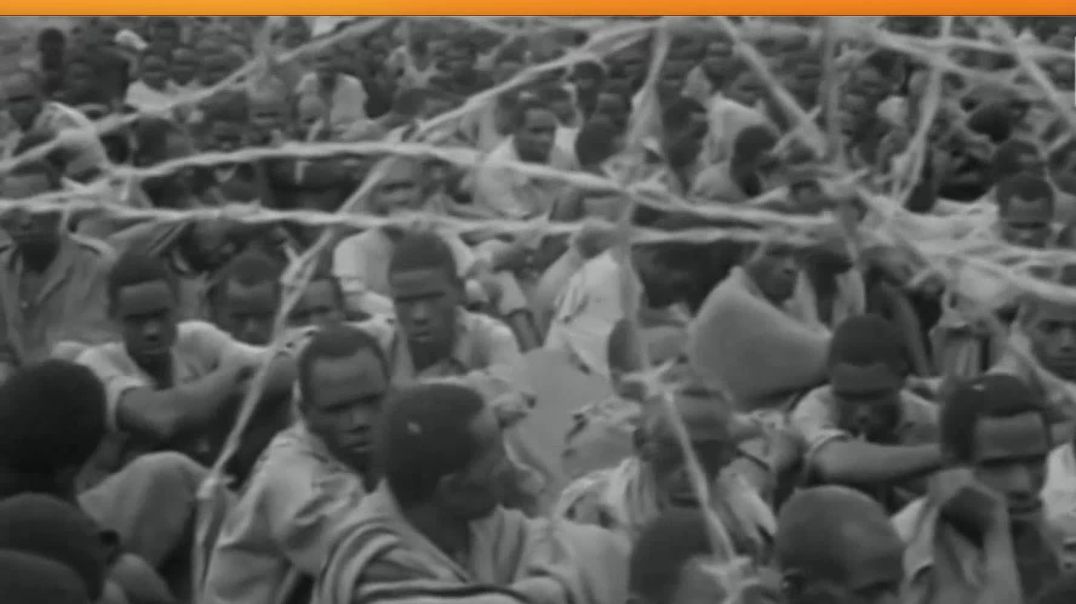
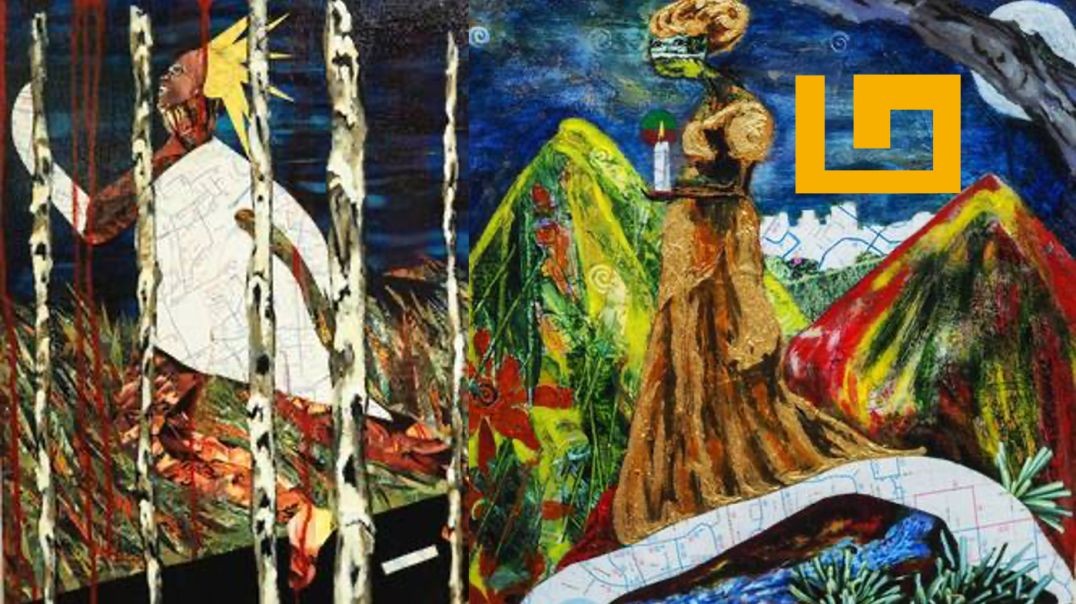











SORT BY-
Top Comments
-
Latest comments